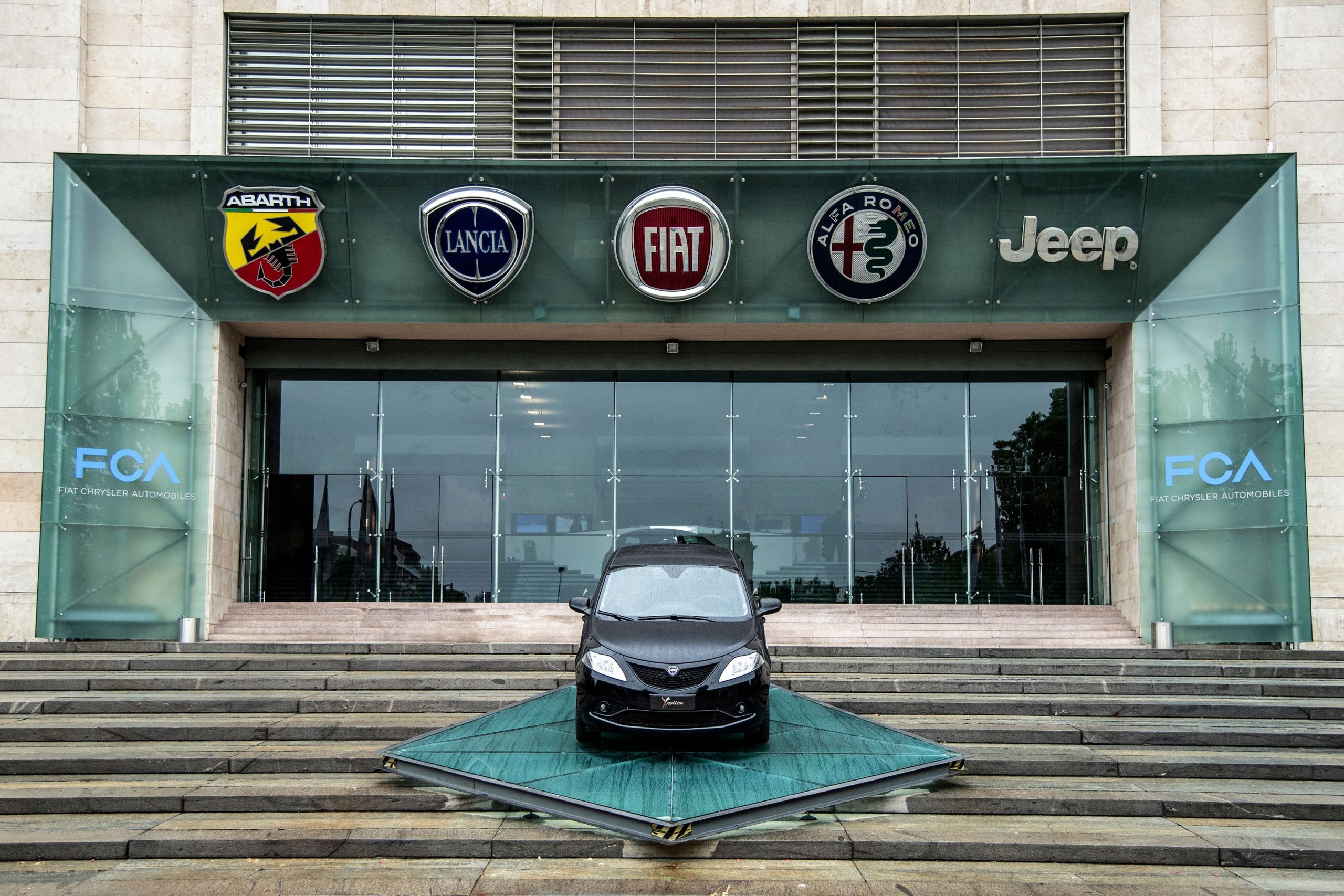Business
Fiat Chrysler and Peugeot confirm merger into one US$46-billion automaker – Driving

PSA Group and Fiat Chrysler Automobiles have agreed to combine to create the world’s fourth-biggest carmaker, as the manufacturers prepare to shoulder the costly investments in new technologies transforming the industry.
In the biggest auto tie-up since Daimler’s ill-fated purchase of Chrysler in 1998, the French and Italo-American carmakers will each own half of the enlarged business.
The new company, with global sales of 8.7 million vehicles, will be run by PSA Chief Executive Officer Carlos Tavares, with Fiat Chairman John Elkann holding the same role.
The transaction would forge a regional powerhouse to rival Germany’s Volkswagen and, with a market value of about US$47 billion, surpassing Ford. It will take as long as 15 months to complete, pending approvals by shareholders of both companies and by regulators, the carmakers estimated.
Like executives across the industry, Tavares and Elkann are responding to growing pressure to pool resources for product development, manufacturing and purchasing in the face of trade wars and an expensive shift toward electric and self-driving technology.
[Indeed, industry sources said that in the future, the new company plans to move “more than two-thirds” of production to “just two platforms, with 3 million cars per year on a compact/midsize platform and 2.6 million on a small platform,” reports Automotive News. “The smaller platform will be PSA’s CMP architecture and larger cars will be on the group’s EMP2 (while) Ram pickups and larger Jeep models will continue to use FCA underpinnings.” —Ed.]
“The challenges of our industry are really, really significant,” Tavares, 61, told reporters on a call Wednesday. “The green deal, autonomous vehicles, connectivity and all those topics need significant resources, strengths, skills and expertise.”
In an era when size is becoming ever more important, the deal will turn the two mid-sized carmakers into a global heavyweight, with a stable of popular brands and annual vehicle sales surpassing General Motors. The combination will give Peugeot-maker PSA a long-sought presence in North America and should help Fiat gain ground in developing low-emission technology, where it’s lagged rivals.
Yet the new company will still be heavily reliant on Europe’s sluggish and saturated auto market, and poorly positioned in China, the world’s largest country for car sales.
The companies are aiming to extract 3.7 billion euros in annual synergies from the deal, without closing any plants, unchanged from the target they announced when they disclosed their merger discussions.
China’s Dongfeng Motor Corp., which owns 12 per cent of PSA, will see its stake in the combined company decline to 4.5 per cent as a result of the deal and the sale of a portion of its holding to the French carmaker.
Dongfeng’s stake in PSA has attracted attention because of the possibility it could interfere with U.S. regulatory approval. U.S. economic adviser Larry Kudlow said last month the Trump administration would review the proposed merger because the deal would give the Chinese carmaker a stake in the combined company.
Business
All Magic Spells (TM) : Top Converting Magic Spell eCommerce Store


Product Name: All Magic Spells (TM) : Top Converting Magic Spell eCommerce Store
All orders are protected by SSL encryption – the highest industry standard for online security from trusted vendors.

All Magic Spells (TM) : Top Converting Magic Spell eCommerce Store is backed with a 60 Day No Questions Asked Money Back Guarantee. If within the first 60 days of receipt you are not satisfied with Wake Up Lean™, you can request a refund by sending an email to the address given inside the product and we will immediately refund your entire purchase price, with no questions asked.
Business
Turn Your Wife Into Your Personal Sex Kitten


Product Name: Turn Your Wife Into Your Personal Sex Kitten
All orders are protected by SSL encryption – the highest industry standard for online security from trusted vendors.

Turn Your Wife Into Your Personal Sex Kitten is backed with a 60 Day No Questions Asked Money Back Guarantee. If within the first 60 days of receipt you are not satisfied with Wake Up Lean™, you can request a refund by sending an email to the address given inside the product and we will immediately refund your entire purchase price, with no questions asked.
Business
CPC Practice Exam


Product Name: CPC Practice Exam
Click here to get CPC Practice Exam at discounted price while it’s still available…
All orders are protected by SSL encryption – the highest industry standard for online security from trusted vendors.

CPC Practice Exam is backed with a 60 Day No Questions Asked Money Back Guarantee. If within the first 60 days of receipt you are not satisfied with Wake Up Lean™, you can request a refund by sending an email to the address given inside the product and we will immediately refund your entire purchase price, with no questions asked.
-

 News21 hours ago
News21 hours agoDefying Convention to Deepen Connections: Booking.com’s 8 Travel Predictions for 2025
-

 Sports8 hours ago
Sports8 hours agoIn The Rings: Curling Canada still looking for Canadian Curling Trials title sponsor
-

 News7 hours ago
News7 hours agoAfter hurricane, with no running water, residents organize to meet a basic need
-

 Politics8 hours ago
Politics8 hours agoN.B. election debate: Tory leader forced to defend record on gender policy, housing
-

 News8 hours ago
News8 hours agoAlberta government shifts continuing care from Health to Seniors Ministry
-

 News8 hours ago
News8 hours agoBuhai, Green and Shin lead in South Korea after 8-under 64s in first round
-

 News8 hours ago
News8 hours agoManitoba government halts school building plan, says other methods will be found
-

 News8 hours ago
News8 hours ago‘Significant overreach’: Ontario municipalities slam province over bike lane rules


































